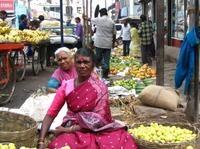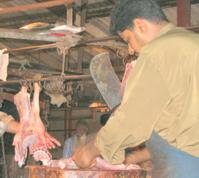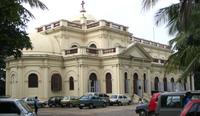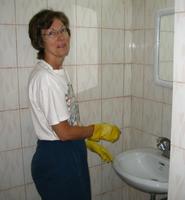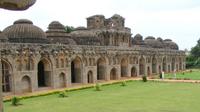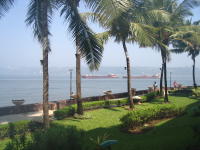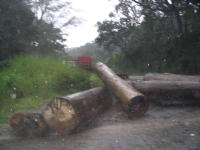The Rain in India Falls Mainly in…well, India
Bangalore has been experiencing an extraordinary amount of rainfall this month. This morning’s
 headline in the kitschy The Times of India read, “Bangalore Mumbai-ed.” This is a reference to the flooding that racked Mumbai several weeks back. We suspect we have been monsooned. There have been newspaper articles recounting Bangalore’s annual rainfall of 970 mm being dwarfed by a record setting 1,435 mm. One would need to flip way back in the record book to 1874 to find anything approaching this year’s water accumulation. Schools were closed for four days.
headline in the kitschy The Times of India read, “Bangalore Mumbai-ed.” This is a reference to the flooding that racked Mumbai several weeks back. We suspect we have been monsooned. There have been newspaper articles recounting Bangalore’s annual rainfall of 970 mm being dwarfed by a record setting 1,435 mm. One would need to flip way back in the record book to 1874 to find anything approaching this year’s water accumulation. Schools were closed for four days.So, what’s the big deal, you ask? The rain falls in Spain on the plain and doesn’t cause much pai
 n. Well, the Spanish plains have not had the same astronomical growth as Bangalore in the past 10 years. Bangalore once had several hundred lakes in its environment, but they've been drained to make way for housing and business development. Building in these low areas is the perfect way to invite flooding. The drain-and-build strategy is only part of the problem.
n. Well, the Spanish plains have not had the same astronomical growth as Bangalore in the past 10 years. Bangalore once had several hundred lakes in its environment, but they've been drained to make way for housing and business development. Building in these low areas is the perfect way to invite flooding. The drain-and-build strategy is only part of the problem. Roadways are typically constructed without water runoff engineering. Open drainage systems, if constructed, are typically clogged with dirt and trash and are not located next to the street. The raised sidewalks lie between the road and the drains. Roads literally become rivers in the heavy rains. As Helen was returning in a car from a trip to an orphanage on Tuesday, she could feel the water sloshing on the car’s underbody. The water in the roadway was so deep that water pushed though the door seals and two inches accumulated in the foot well of the back seat where she sat.
Roadways are typically constructed without water runoff engineering. Open drainage systems, if constructed, are typically clogged with dirt and trash and are not located next to the street. The raised sidewalks lie between the road and the drains. Roads literally become rivers in the heavy rains. As Helen was returning in a car from a trip to an orphanage on Tuesday, she could feel the water sloshing on the car’s underbody. The water in the roadway was so deep that water pushed though the door seals and two inches accumulated in the foot well of the back seat where she sat.Jay had a nightmarish walk home from work that evening. His office recently shifted to an upscale technology park called the Embassy Golf Link Tech Park. The technology park was built in a basin 40 to 60 feet below the street level. The net result on Tuesday was vast flooding. He ended up walking through water in some places that was more than ankle deep.
Even our apartment complex had its bit of flooding. We live on the fifth floor…in American-speak that would be the sixth floor, since the ground level is floor zero. So we have no problem in our living space. However, when we went to our health club to workout, we had to walk around a small lake in the lobby and found about two-thirds of the exercise room covered with an inch of water. We mounted our exercise machines that were, fortunately, on a high spot and started sweating to MTV Indian-style. An attendant with a squeegee (who was obviously told to “clean up the exercise room”) worked to push the water into the lobby rather than mop it up, so as we finished our workout we found a dry health club and water all over the lobby floor. Water, water everywhere.


